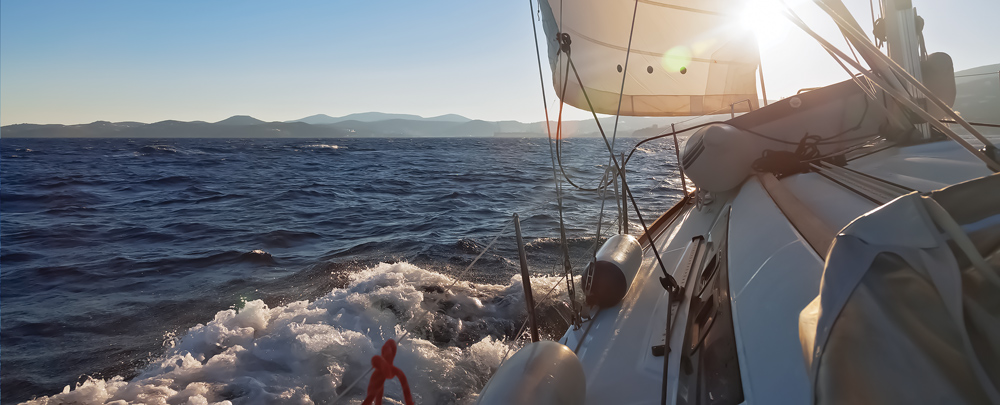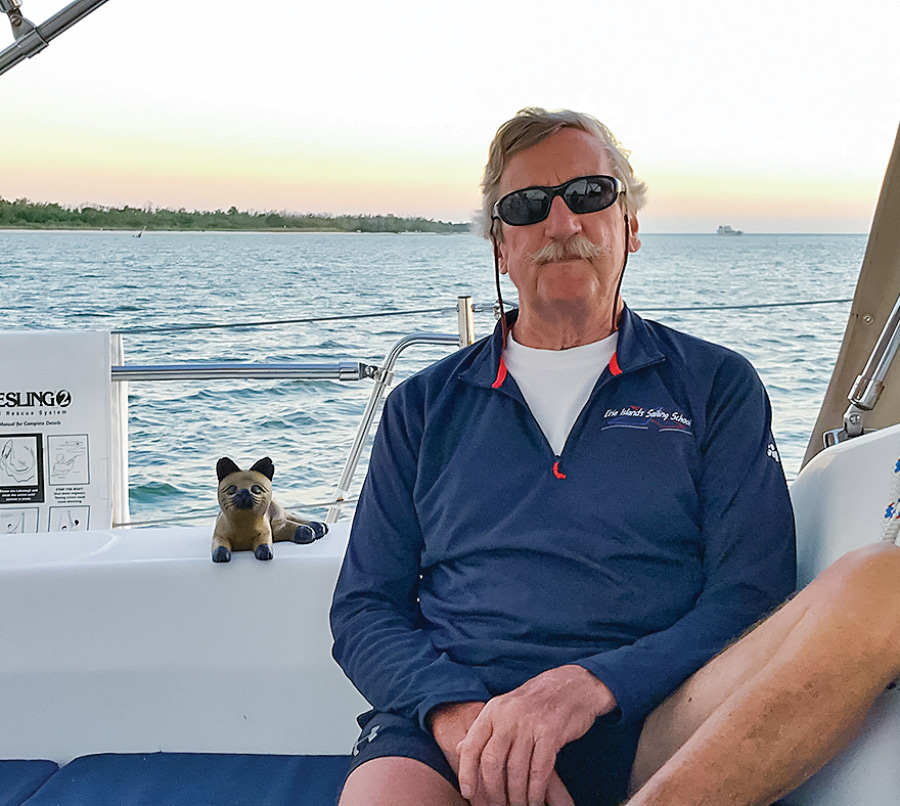


hat can be better than the long days and gentle breezes that our Great Lakes give us in the summer? As we all know, the weather on the Great Lakes can be interesting, for lack of a better word. It can “kick up” quickly, going from a nice easy sail to an all-storm in what seems to be a matter of minutes. There are a lot of weather apps available and I am sure everyone has their favorites. Keep in mind all these are giving you a forecast and although the models are very sophisticated, they do sometimes just get it plain wrong. It is also a good idea to understand that these forecasts may not be specific to the local variances where you are sailing. Here are a few that I use on a regular basis.
PredictWind is a good one. I like that it gives the user several different forecast models to work with and updates on a regular basis. There is also a web-based version that offers both a free and a paid service.
PocketGrib allows you to view global weather including wind, temperature, pressure and more from GRIB files. It is a fun one whether out on the water or having an adult beverage and complaining about the weather.
Weatherbug, WeatherUndergroud, Sailflow, The Weather Channel, Windy, BuoyData and many others are available as well. There is a lot of weather information available, and it continues to be easier to use whether on a phone, tablet or other device. It is much different today than 30 years ago when sailing to Hawaii we would get periodic forecasts via SSB radio and plot the isobar lines on our chart.
When I crawled out from under my boat the other day I was, for some reason, wondering about flares. My guess is that most of us have a box of expired flares somewhere. It is interesting that there is currently no single agency or policy for dealing with the disposal or recycling of these hazardous pyrotechnics. Where I live, the county will accept them during its annual hazardous waste disposal event. Check with your local police or fire department to see what is available in your area.

The recent approvals by the Coast Guard of the electronic LED SOS light to meet the requirements of flare carry rules are a good alternative to consider. This option is one to consider rather than having to replace on board pyrotechnics every 42 months and having to deal with the disposal of the expired units.
The Orion Electric SOS Beacon Locator Kit and the ACR ResQFlare are both good options should you decide to go the electronic “flare” alternative. Both of these come with the daytime distress flag and are certified to meet the US Coast Guard requirements allowing them to be carried instead of traditional flares… I do not believe these are approved for use in Canadian waters at this time. The beacon is for nighttime use and the flag is for daytime use. When flying the orange flag the black square should be over the black circle.
Here is my opinion: If you are in distress, every possible means of attracting attention to this situation is a good one. Whether it is an electronic flare, pyrotechnic flares, smoke, personal strobe, VHF radio distress button, EPIRB or personal locator beacon or any other approved distress signal… more than one option is better. That said, I still want something that shoots up in the sky and really attracts attention whether it is during the day or at night.
Since I’ve been rambling on about flares, let’s not forget the other required safety gear. We all know about life jackets, throwables (Type IV), fire extinguishers and horns that are needed… in addition to the visual distress signals discussed above. Take a moment to make sure all your gear is current and in working order.
Have a great time sailing out there on our Great Lakes.
